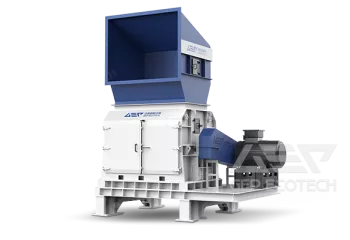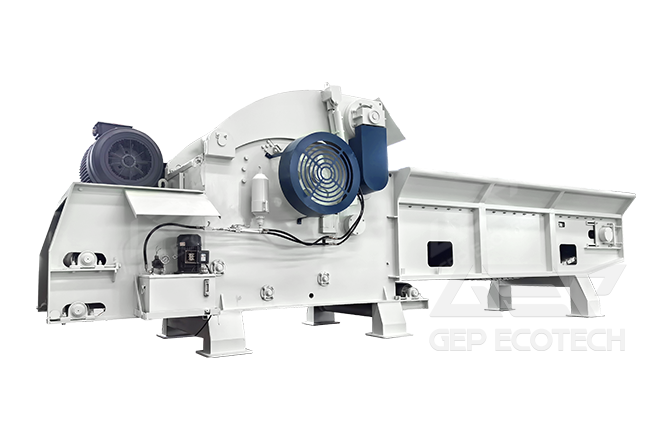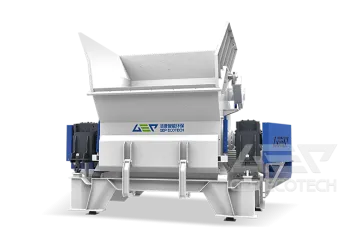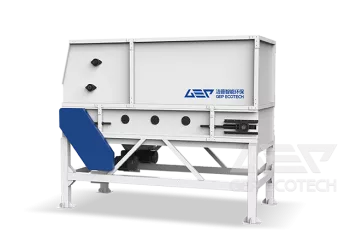Determining the torque requirement for plastic shredders involves understanding the physical properties of the plastics to be shredded, the shredder design (e.g., single-shaft, dual-shaft), the size of the shredder, and the desired throughput. Torque is a crucial factor because it directly impacts the shredder's ability to process various types of plastic materials, including hard plastics like PET bottles, PVC pipes, and softer plastics like polyethylene films.
Factors Influencing Torque Requirements
- Type of Plastic: Hard plastics require more torque to shred than softer plastics due to their higher resistance to cutting forces.
- Shredder Design: Dual-shaft shredders often require more torque than single-shaft shredders because they engage the material more aggressively.
- Size and Design of Cutting Blades: The geometry and arrangement of the cutting blades can affect the torque requirement. More aggressive cuts require more torque.
- Desired Throughput: Higher throughput rates generally require higher torque to maintain efficient shredding operations.
- Shredder Size: Larger shredders designed to process more material or larger pieces of plastic will need more torque.
Estimating Torque
An empirical approach to estimating torque requirements for plastic shredders involves analyzing data from existing shredding operations and machinery. Manufacturers often provide specifications for their machines, including the motor's power rating and operational torque. As a rough guide, shredders designed for household plastic waste might operate with motors ranging from 1 to 3 kW, translating to torque values in the ballpark of 100 to 300 Nm, depending on the design and operational parameters. Industrial shredders, on the other hand, can require significantly higher torque values, often measured in thousands of Newton-meters, operate with motors ranging from 11 to 350 kW, to handle larger volumes and tougher materials.
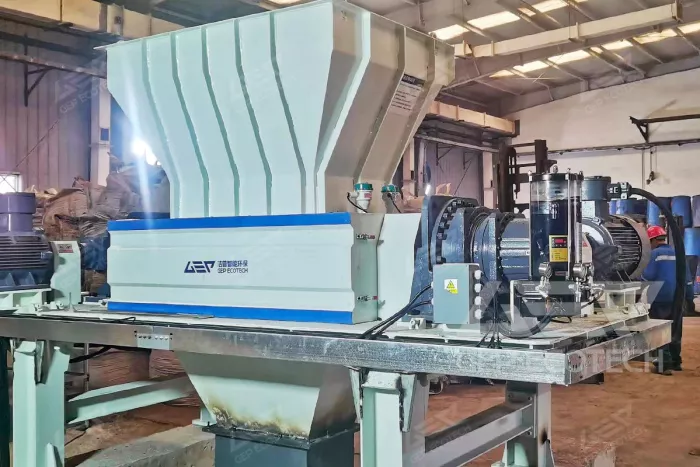
Industrial Shredder for Plastic
Determining the torque requirement for a plastic shredder is a complex process that depends on various factors, including the type of plastic, shredder design, and desired operation throughput. While general estimates can provide a starting point, detailed design and engineering analysis are essential for optimizing a shredder's performance. Consulting with manufacturers or engineers experienced in shredder design can also provide valuable insights and data to inform the design process.


